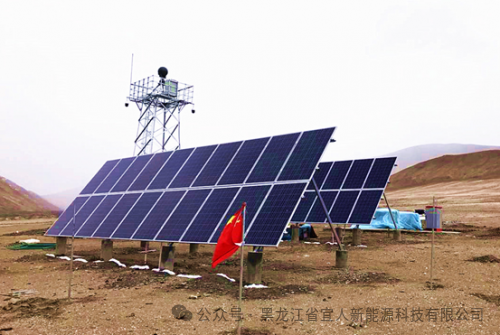The Photovoltaic Internet of Things (PV-IoT) is an intelligent system that deeply integrates photovoltaic (solar) power generation technology with Internet of Things (IoT) technology, aiming to achieve remote monitoring, data collection, intelligent analysis, and optimized management of photovoltaic devices. Its core is to enhance the efficiency, reliability, and operational convenience of photovoltaic systems through sensors, communication technologies, and cloud computing.

Key Components of PV-IoT
1. Photovoltaic Devices
– Solar panels, inverters, energy storage batteries, and other power generation hardware.
2. Perception Layer
– Sensors: Monitor light intensity, temperature, component voltage/current, dust accumulation, etc.
– Smart meters: Record power generation, electricity consumption, and grid connection data in real-time.
3. Network Layer
– Communication technologies: Transmit data via 4G/5G, LoRa, NB-IoT, Wi-Fi, etc.
– Gateway devices: Aggregate sensor data and upload it to the cloud platform.
4. Platform Layer
– Cloud platform: Store and analyze data, providing functions such as power generation efficiency analysis, fault warning, and operational scheduling.
– AI algorithms: Optimize power generation forecasting (e.g., incorporating weather data), equipment health diagnostics, etc.
5. Application Layer
– Remote monitoring: View the status of the power station in real-time on mobile/PC.
– Automated operations and maintenance: Automatic fault alarms or dispatching for repairs.
– Energy management: Interact with smart grids to achieve dynamic pricing response or energy storage control.
Typical Application Scenarios
– Residential/commercial photovoltaic systems: Real-time monitoring of power generation revenue, reducing operational costs.
– Large photovoltaic power stations: Use drone inspections and sensors to locate hot spots or damaged components.
– Photovoltaic agriculture/building integration: Coordinate power generation with agricultural temperature control and building electricity needs.
– Microgrid systems: Achieve regional energy autonomy by complementing energy storage and other energy sources.
Advantages
– Efficiency and cost reduction: Reduce manual inspections, accurately locate faults, and increase power generation (e.g., through cleaning reminders).
– Extended lifespan: Early warning of issues such as inverter overheating and component aging.
– Intelligent decision-making: Optimize power station design or expansion plans based on historical data.
Challenges
– Data security: Prevent the impact of cyberattacks on grid stability.
– Standardization: Inconsistent agreements among equipment manufacturers may lead to compatibility issues.
– High precision requirements: Sensor errors or communication delays may affect analysis results.
Future Trends
– Digital twins: Build virtual power station models to simulate operational states.
– Blockchain: Enable peer-to-peer photovoltaic electricity trading (e.g., community-shared photovoltaics).
– Edge computing: Perform real-time data processing on local devices, reducing reliance on the cloud.
The Photovoltaic Internet of Things represents the combination of new energy and digitalization, driving the photovoltaic industry from “pure power generation” to “intelligent energy services.”